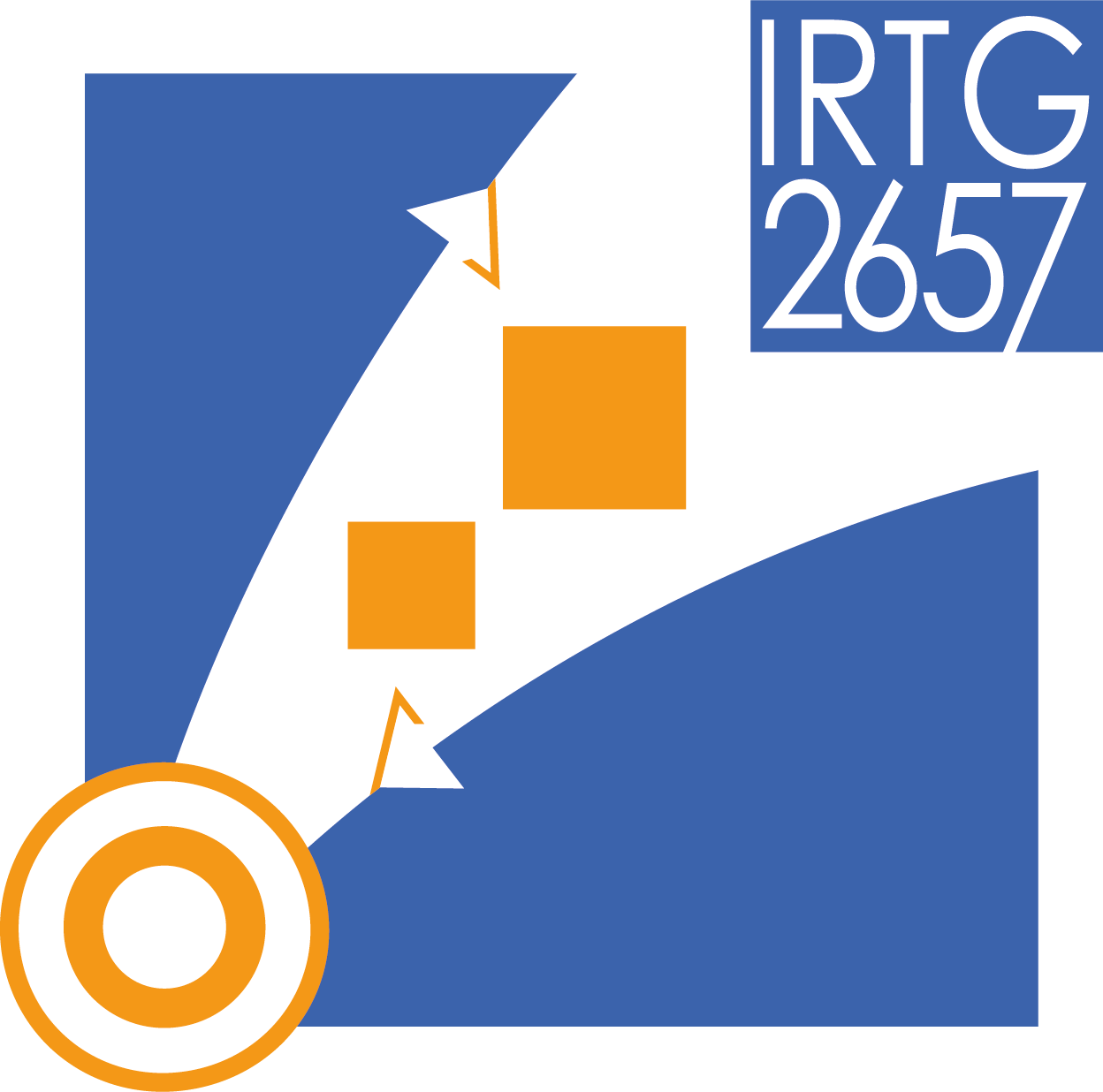Image-driven reduced order modelling of hierarchical multiscale flow systems
| Team: | Ahsan Ali Siddiqui, Dominik Schillinger, David Néron, François Hild |
| Year: | 2021 |
Hierarchical multiscale flow systems such as the human liver are characterized by the interaction of different flow regimes across varying length scales. At the macroscale, the arteries and veins that supply and drain blood from the organ are a centimeter wide. At the microscale, blood is driven through small capillaries with a diameter of ten micrometers. The overarching goal is to transfer a computationally expensive high-fidelity liver model, see e.g. [1], into a patient-specific reduced order model that is computationally tractable and accurately predicts the overall perfusion characteristics of the system.
A high-fidelity liver perfusion model requires the coupling of different flow regimes. As illustrated in Fig. 1, they are represented by a discrete pipe network at the larger scales and porous media flow at the small scales. To effectively adjust the multiscale perfusion model to diagnostic imaging of an individual patient, we require reduced order representations of all system components.
At the pipe network scale, we will obtain a reduced order model by limiting the recursion depth of the vessel tree, replacing the effect of all the removed scales by a homogenized flow resistance. To efficiently perform this homogenization, we require a reduced order model of the porous media flow computation, which operates at the leaves of the full-scale vessel tree. At that continuum level, the application of reduced-basis methods using snapshots and appropriate sampling methods can significantly decrease the required number of degrees of freedom. The parametrized reduced order model is implemented on a local high-performance cluster, leveraging the parallelization and data handling opportunities of modern heterogeneous compute systems. Validated against perfusion profiles extracted from CT perfusion imaging data from different patients, it can be used in combination with a CutFEM strategy to simulate liver resection scenarios, exploring the potential of the parametrized patient-specific reduced model in collaboration with liver surgeons.
Team
Doctoral Researcher: Ahsan Ali Siddiqui
Scientific Advisors: Dominik Schillinger, David Néron, François Hild






